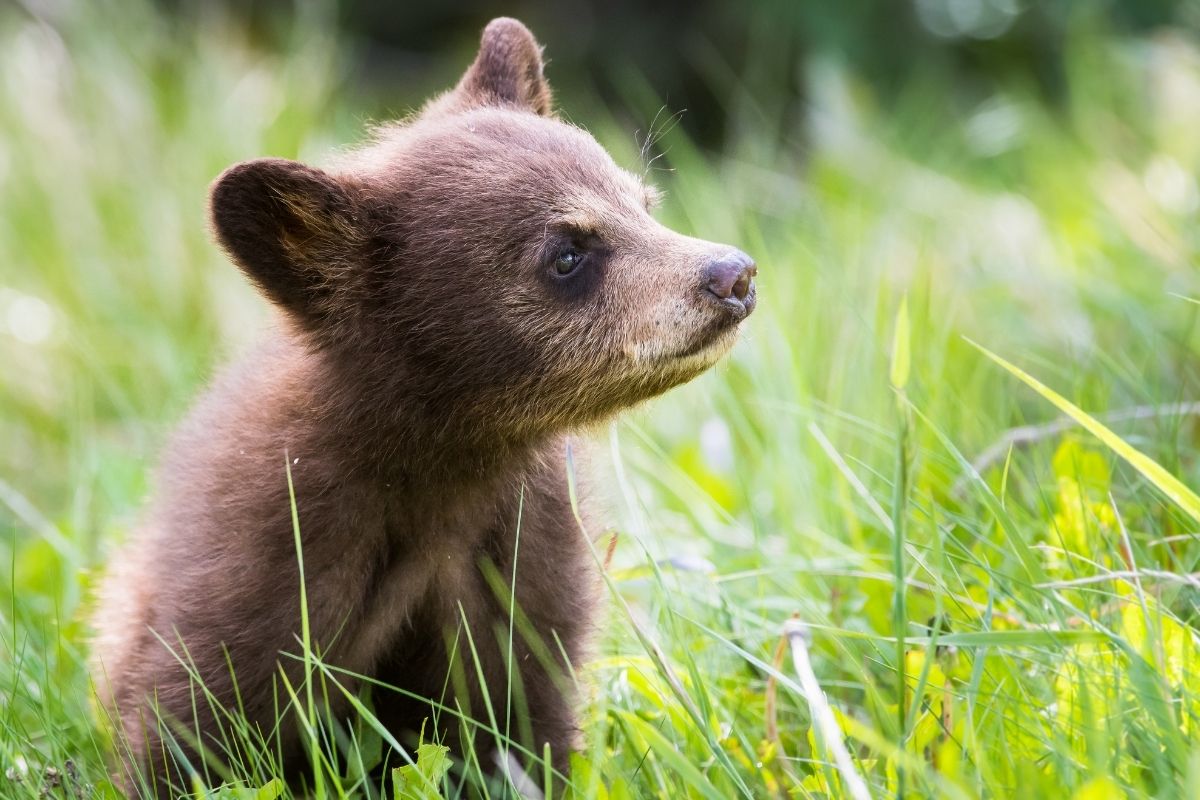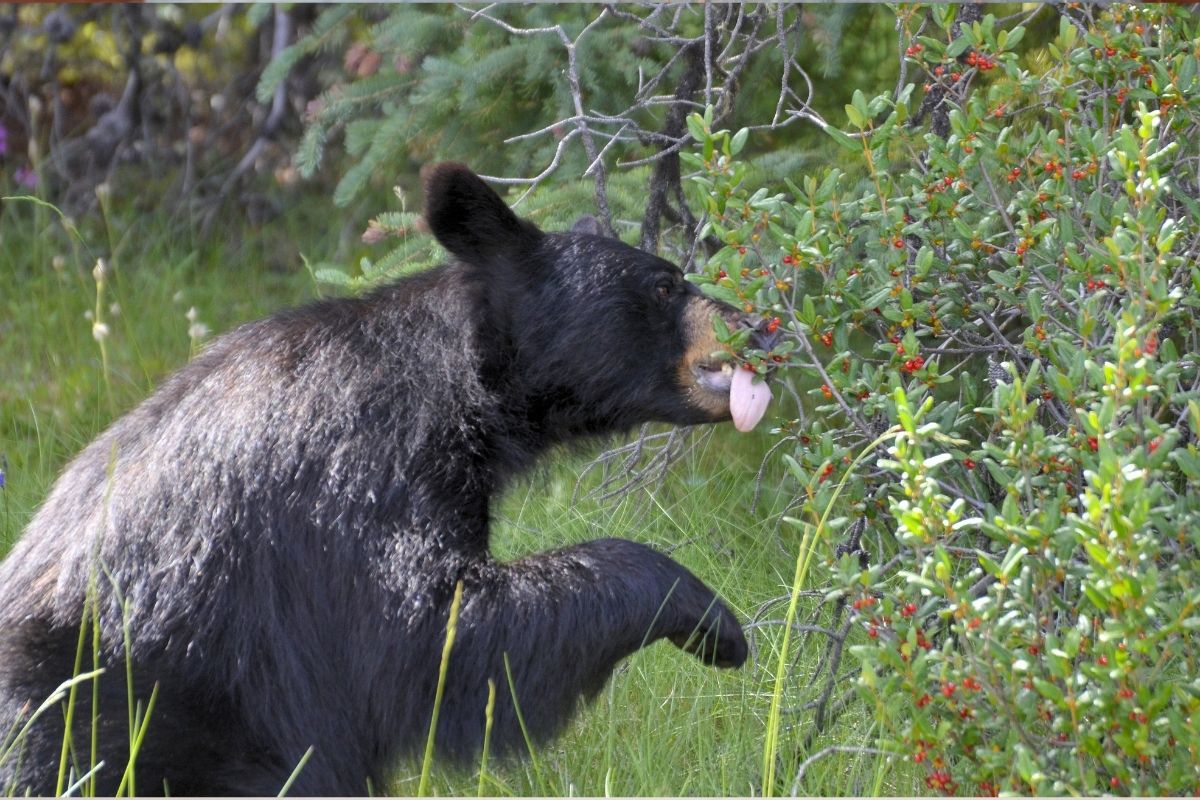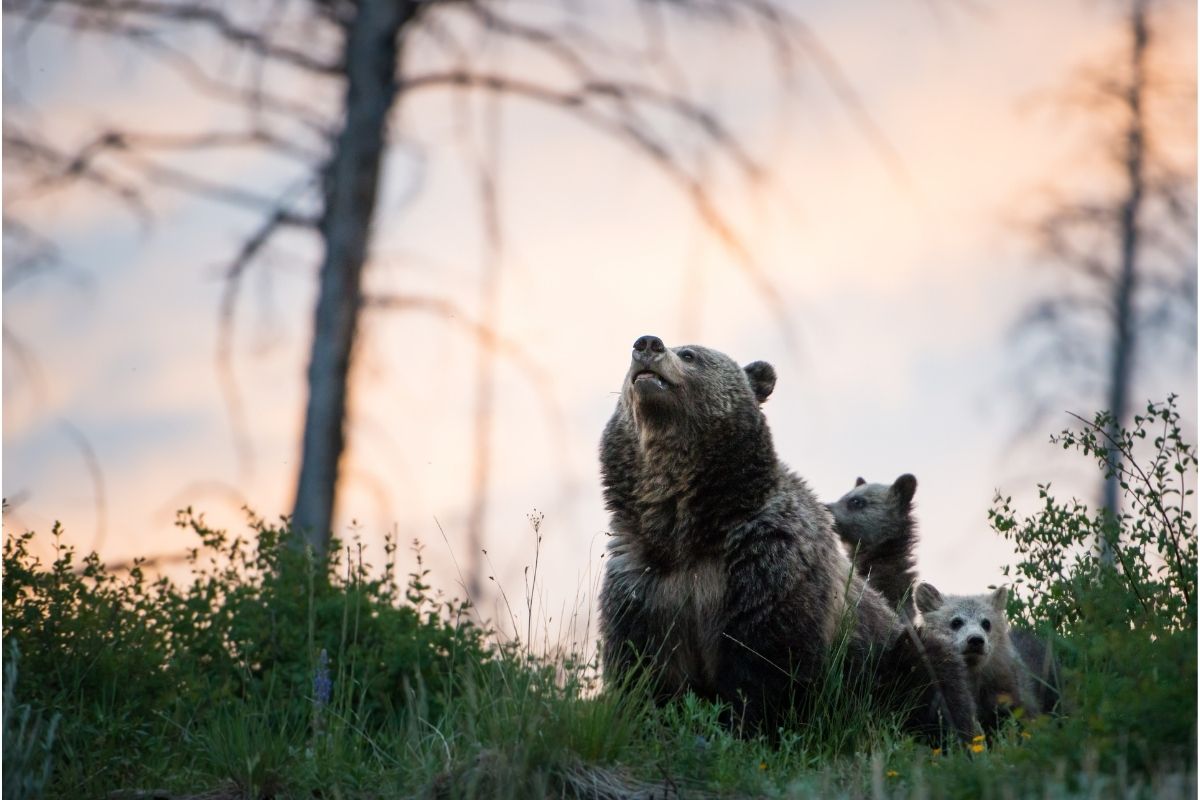The Yellowstone to Yukon Conservation Initiative (Y2Y), alongside hundreds of partners, works to protect and connect habitats along the spine of the Rocky Mountains – the largest ecologically intact mountain region on Earth.
Y2Y’s work spans across the 3,400-kilometre-long region from the greater Yellowstone Ecosystem in the U.S. to the Yukon territory in Canada. We work to support healthy landscapes for wildlife so they can roam, eat and reproduce; and, for people, communities and cultures.
Why? Because we know that both communities and wildlife can thrive when the needs of both are met.
Y2Y engages various communities for solutions that benefit nature and people.
This includes working with residents and government decision-makers to support key land planning decisions, partnering with recreation and tourism organizations to limit environmental impacts, and collaborating with local communities and organizations, like Tree Canada, to listen, learn, and implement solutions that promote human-wildlife coexistence.

Getting to the “roots” of human-wildlife coexistence
Many of us share our backyards with an incredible array of wildlife — from birds to deer, and even bears. It’s important that we all do our part to help these animals thrive in their natural habitats, while also keeping these spaces safe for people and pets. We call this approach human-wildlife coexistence, and it can start with something as simple as the plants and trees we choose to grow, as well as managing our fruit bearing trees.
Human-wildlife coexistence is about living in harmony with wildlife by proactively taking steps to prevent conflicts.
In our homes and communities, we seek to connect with nature. We love to plant trees and maintain gardens, which beautify our spaces, and inspire, calm, and feed us!
However, some of those plantings are also a food source for bears and other wildlife and should be carefully considered and managed to support coexistence. This is especially true in the regions of Canada where black bears and grizzly bears roam.

How one community in Canada is keeping bears and people safe
British Columbia is known for its beauty and diversity of plants and animals, including the bountiful fruit grown on trees in orchards and backyards. Bears, deer, coyotes, and other species are drawn to these trees that grow apples, pears, plums, and other fragrant fruits — which can lead to human-wildlife conflict.
The City of Fernie in the Elk Valley of southeastern B.C. has more than 600 properties with a variety of fruit trees growing on them. To curb potential conflict, conservationists, scientists, government officials and residents collaborated to find solutions for the community.
Some people choose to remove fruit bearing trees and plant trees that don’t attract wildlife. Others install electric fencing around trees, so they don’t attract wildlife. Some communities have harvest share programs that link pickers with fruit tree owners to ensure fruit is picked as soon as it is ripe. It is often about managing attractants so we can be Bear Smart.
To help residents reduce bear attractants on their properties, the Elk Valley Coexistence Initiative implemented a successful fruit tree management strategy and launched a new cost-share program. The strategy was also piloted in other communities like Banff and Canmore in Alberta.
Through the program, Elk Valley residents and local ranchers and farmers can apply for financial assistance to remove or replace their fruit trees, and for funding to install electric fencing around fruit trees, gardens, and livestock.

What trees will you choose?
If you are interested in planting trees, we encourage you to consider bear safe plantings and to properly manage fruit bearing trees. It’s a special experience to see a bear from a safe distance – but not one around or hanging out in your fruit tree!
For the mountainous regions of Canada, Y2Y has supported the work of the Biosphere Institute of the Bow Valley in their coexistence efforts, and they have an excellent list of recommended species for landscaping.
You might consider becoming a Bear Smart community and check out resources developed for regions across Canada:
- British Columbia
- Alberta
- Saskatchewan
- Manitoba
- Ontario
- Quebec
- Newfoundland and Labrador
- New Brunswick
- Nova Scotia
We encourage you to consider plantings that not only green your environment but those that help keep bears safe and wild, and people and pets safe too.
Back to all articles
